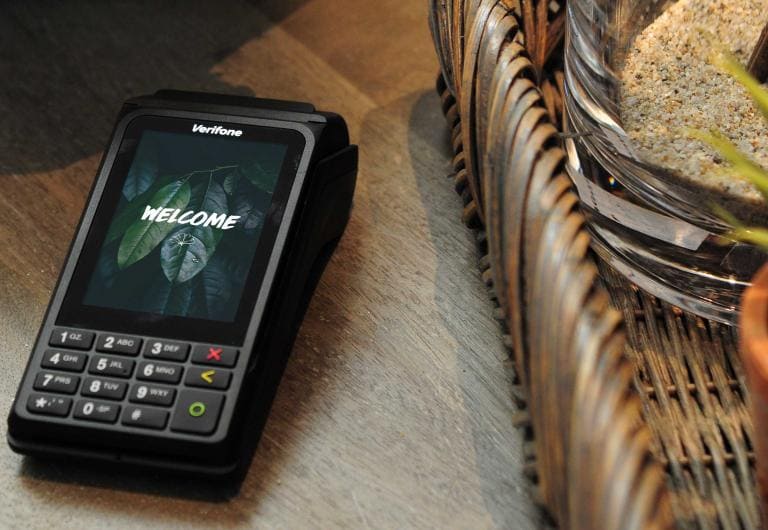What is electronic banking
Moneticsis the contraction of Money and Electronics. This term refers to all the devices that use electronics and IT to develop banking transactions: cash dispensers, electronic teller machines, point-of-sale terminals, remote banking systems, etc.

Monetic
Monetic payments are all the electronic, IT and connectivity processes needed to manage bankcards and related transactions.
Today, the field of monetic is divided into a number of products (Monetic Machine, Automated Teller Machine, mPOS card reader, etc.). However, there are also solutions (stand-alone or centralised monetic systems, payment applications), acceptors/issuers and acquirers.
This ecosystem is constantly developing in line with technological developments and consumer buying habits.
Cardholder
The cardholder is the person to whom the financial institution gives the bankcard it has issued. To do this, the cardholder must sign a cardholder agreement setting out the general terms and conditions. In particular, these cover the issue, use, security and renewal of the card.
In most cases, a card is attached to a current account, also known as a current account or deposit account. Prepaid cards, for example, are an exception.
The acquirer
A payment transaction is purchased either at a retailer when the cardholder makes a payment, or when the cardholder withdraws cash from an Automatic Teller Machine (ATM) or Automated Teller Machine (ATM). To complete the transaction, the cardholder must insert the card into the merchant’s electronic payment terminal (EPT) or the bank’s ATM. In the first case, the acquirer is the merchant’s bank, which provides the Eftpos terminal. In the second case, it is the bank of the ATM.
The issuer
The issuer creates the card and makes it available to the customer. In France, a card must be issued by a financial institution. The issuer may or may not be a member of Groupement des Cartes Bancaires CB. The advantages of membership of the CB network belongs mainly in the lower costs. And above all, the speed with which transactions are processed through the CB network.
Account holder or not (Business Card “carried” by employees when it is backed by a company account, Card “carried” by a teenager when it is backed by a parent’s account, etc.). However, it is important to note that the cardholder does not become the owner of the card. The card remains the property of the bank, which may decide to take it back if necessary.

The acceptor
The acceptor is either the professional who accepts the use of a bankcard to pay for a product or service. Or the bank that provides the ATM for cash withdrawals. The professional is equipped with an POS machine by his or her bank.
The ATM bank equips itself so that it is both the acceptor and the acquirer of withdrawals and transactions carried out on these machines. The acceptor, when it is a merchant. They must honour their commitments to their bank and ensure that card payments are made regularly.
The gateway operator
A gateway operator is an monetic operator who routes and secures IP and/or GPRS flows to the interbank network. To do this, they use an monetic gateway (IP/4G/3G/GPRS) to enable a payment terminal to be used with the Internet.
For more monetic vocabulary